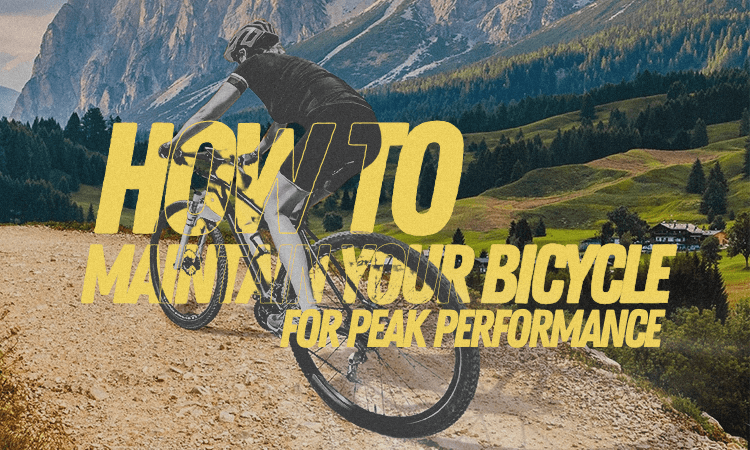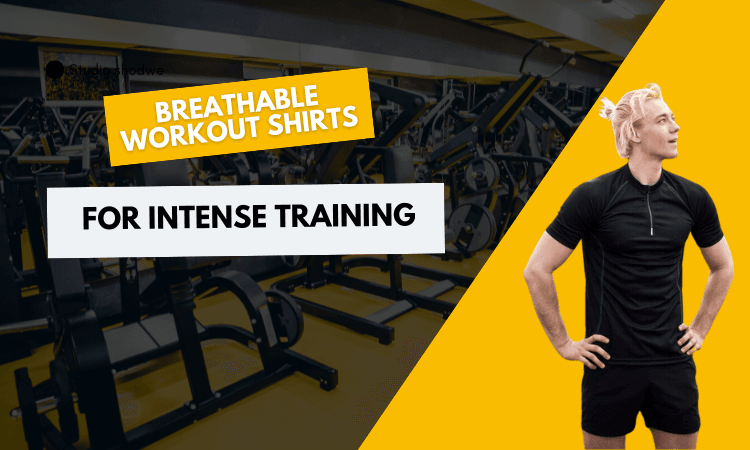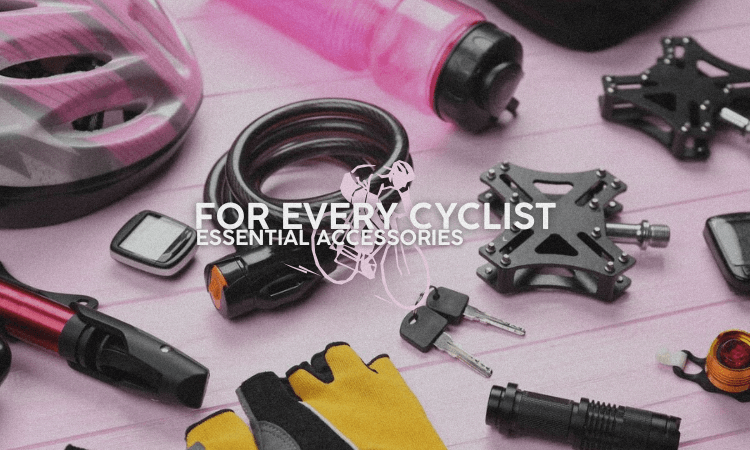When it comes to running, the right pair of shoes can make all the difference. Whether you’re a seasoned marathoner or someone who runs casually for fitness, choosing running shoes that prioritize comfort is crucial. Ill-fitting shoes can lead to discomfort, injuries, and a less enjoyable running experience. This guide will help you choose the best running shoes based on comfort, ensuring you can run longer, injury-free, and with ease.
Why Comfort Matters in Running Shoes
Comfort is more than just a luxury when it comes to running shoes—it’s a necessity. Wearing shoes that fit properly can prevent injuries, reduce fatigue, and make every run more enjoyable. Whether you’re on a quick jog or preparing for a marathon, shoes that lack comfort can lead to foot pain, blisters, and even joint strain over time.

How Comfort Affects Your Performance
When your shoes are uncomfortable, you may find yourself distracted, adjusting your stride, or even stopping to relieve discomfort. This affects your performance and enjoyment of the run. Properly fitted shoes will support your natural stride and ensure that you focus on your workout, not your feet.
Potential Injuries from Poorly Fitted Shoes
- Blisters: Tight shoes can rub against your feet, causing painful blisters.
- Shin Splints: Insufficient cushioning or poor support can lead to shin splints.
- Joint Pain: Shoes that lack proper arch support can lead to knee or back pain. These injuries can prevent you from running and may even force you to take long breaks from exercise.
Key Features of Comfortable Running Shoes
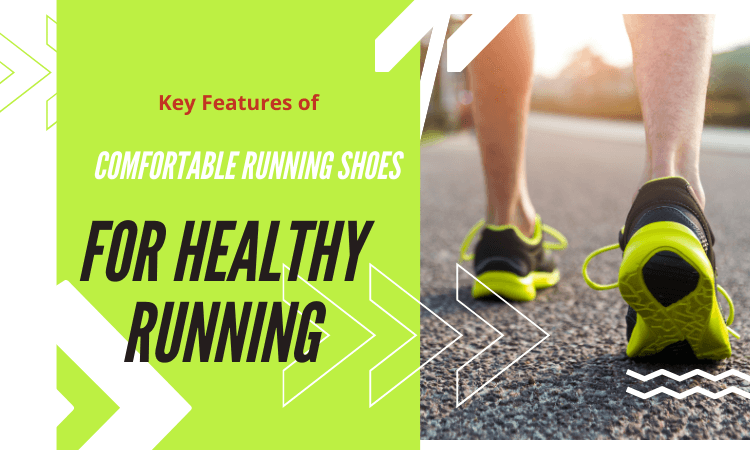
Understanding the features that make running shoes comfortable will help you make an informed decision. There are a few key factors you should pay attention to when choosing shoes.
Cushioning and Support
Cushioning is one of the most important features of running shoes, as it absorbs shock and reduces the impact on your joints. Look for shoes with adequate cushioning that feels soft but responsive. Too much cushioning can make the shoe feel too soft and unstable, while too little can cause discomfort during long runs.
Proper Fit and Sizing
Choosing the right size is essential for comfort. A shoe that is too tight can lead to pinching and blisters, while a shoe that’s too loose can cause instability and lead to injuries. Always try shoes on in-store and test them out before purchasing. Ensure there’s enough room in the toe box, but the shoe should feel snug around the heel.
Arch Support
Good arch support is essential for comfort, especially if you have high or flat arches. It helps distribute weight evenly across the foot and reduces stress on your legs and back. Some shoes offer additional arch support, and choosing a shoe that matches your foot’s natural arch shape can enhance your comfort and running experience.
Identifying Your Foot Type and Gait
Each person’s feet are different, and knowing your foot type and running style can help you select shoes that offer the best comfort and performance.
Types of Foot Arches
- High Arches: If your foot has a high arch, you may require shoes with extra cushioning and support to absorb shock.
- Medium Arches: If you have a medium arch, you will likely benefit from neutral running shoes with moderate cushioning.
- Low Arches: People with low arches often overpronate, meaning their feet roll inward as they run. Stability shoes can help prevent this.
Understanding Your Gait
Your gait refers to the way your foot strikes the ground as you run. There are three main types:
- Neutral Gait: Your feet land evenly, and shoes with neutral support will be most comfortable.
- Overpronation: Your foot rolls inward excessively. Stability shoes will provide the support you need.
- Supination: If your feet roll outward, you’ll want shoes with extra cushioning and support on the outer edges to help correct the imbalance.
Choosing the Right Shoe Based on Your Needs
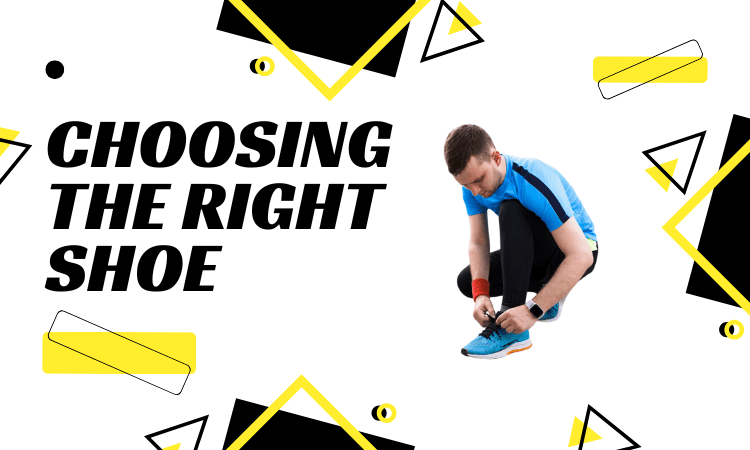
Once you know your foot type and running style, you can select shoes that best meet your needs. There are several types of running shoes, each designed for specific foot types and running styles.
Neutral Shoes
Ideal for runners with a neutral gait, these shoes provide balanced cushioning without extra support. They’re lightweight and flexible, allowing your foot to move naturally.
Stability Shoes
If you tend to overpronate, stability shoes are a good option. They offer extra support on the inside of the shoe, helping to correct inward rolling and prevent injury.

Motion Control Shoes
These shoes are designed for runners with flat feet or severe overpronation. Motion control shoes have firm support to control excessive foot movement and reduce the risk of injury.
Cushioned Shoes
Cushioned shoes are built for runners who need extra shock absorption. They provide additional padding to reduce impact and make long runs more comfortable, especially for those with higher arches.
Testing the Shoes Before You Buy
It’s important to test running shoes before making a purchase. Here are a few ways to ensure that you’re buying the right pair for comfort.
How to Test Shoes in Store
- Walk or jog around the store to get a feel for the shoes.
- Pay attention to any tightness in the toe box or heel area.
- Ensure there’s enough room to wiggle your toes comfortably.
- Check the flexibility of the shoe—your foot should be able to move naturally.
Testing Shoes During a Run
Some stores offer treadmill testing, where you can try the shoes on a treadmill for a short run. If you’re purchasing online, consider ordering from a retailer that offers free returns so you can test the shoes at home.
Common Mistakes to Avoid When Choosing Running Shoes
When selecting the best running shoes for comfort, it’s easy to make a few common mistakes. Avoid these pitfalls to ensure you choose the right pair.
Relying on Looks Alone
While style is important, it shouldn’t be the deciding factor. Focus on fit, support, and comfort over the design of the shoe.
Not Trying Shoes on at the End of the Day
Your feet tend to swell throughout the day, so trying on shoes at the end of the day will give you a better sense of how they’ll feel during a run.
Ignoring Your Running Needs
If you’re a long-distance runner, shoes with extra cushioning will be more beneficial than minimalistic shoes. Consider the type of running you do most often when selecting shoes.
Conclusion
Choosing the best running shoes for comfort is about understanding your foot type, gait, and specific running needs. By considering key features such as cushioning, fit, and support, you can find shoes that not only feel comfortable but also enhance your performance and prevent injury. Don’t rush the process—take your time to try on several pairs and test them before making a final decision. A little effort up front will lead to better, more enjoyable runs in the long run.
